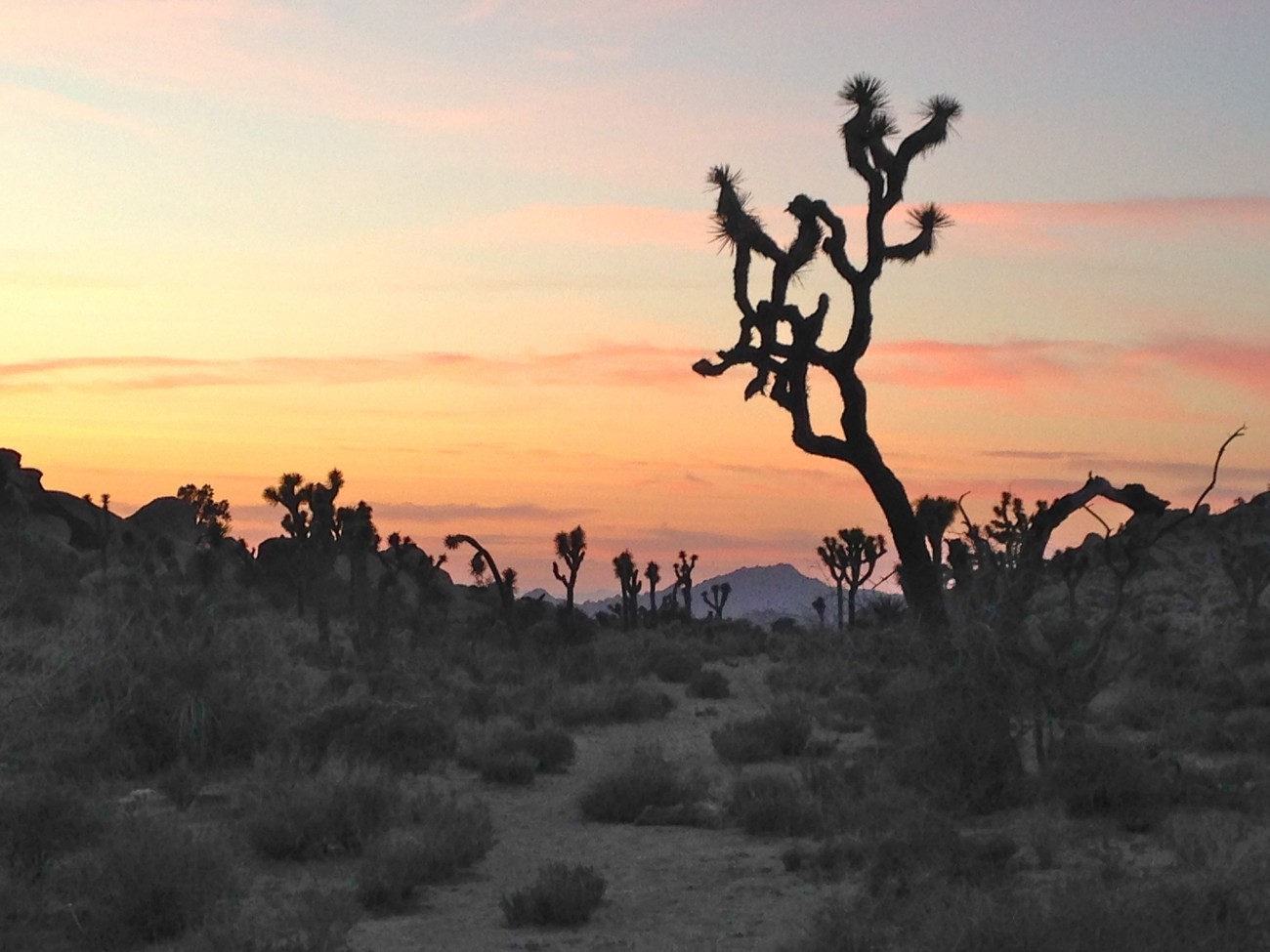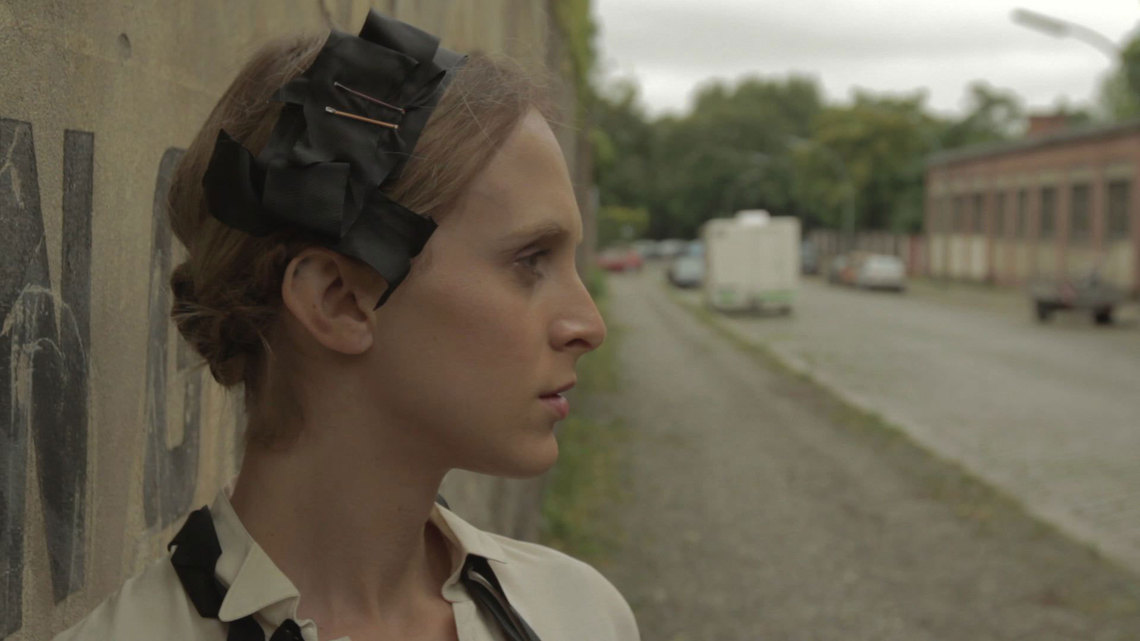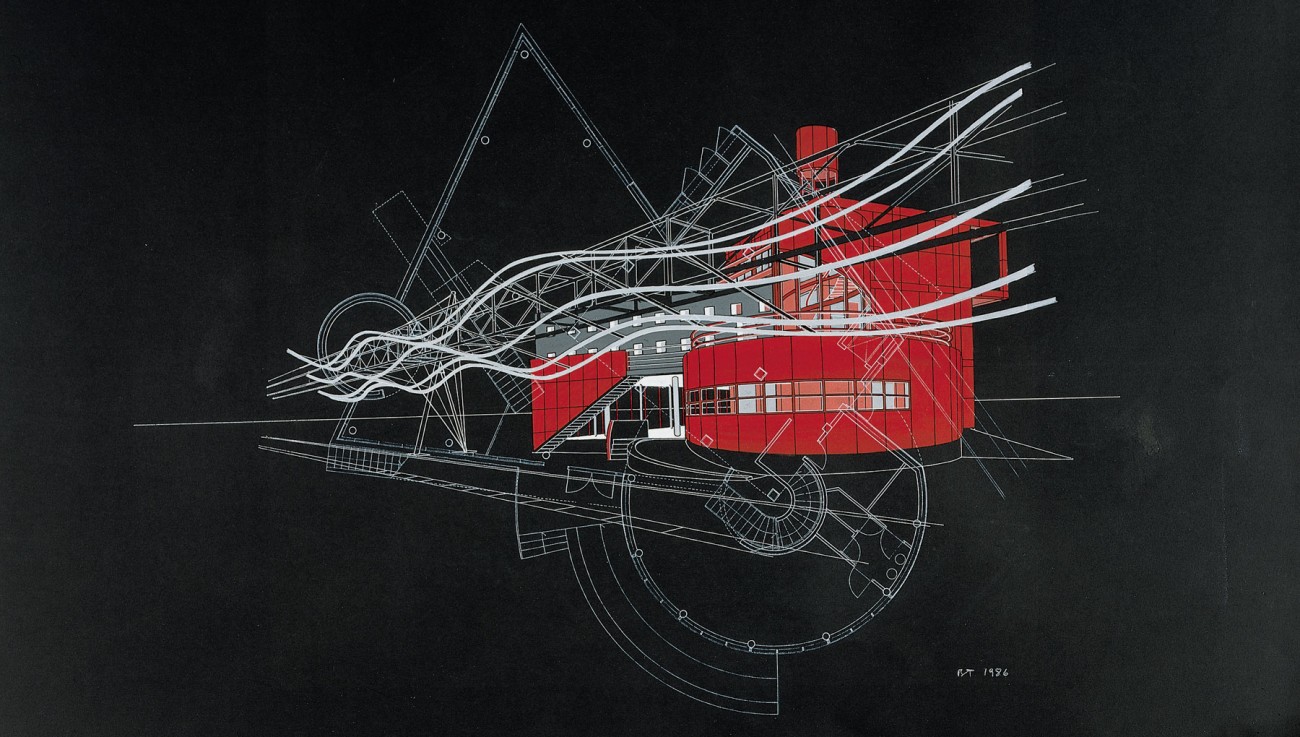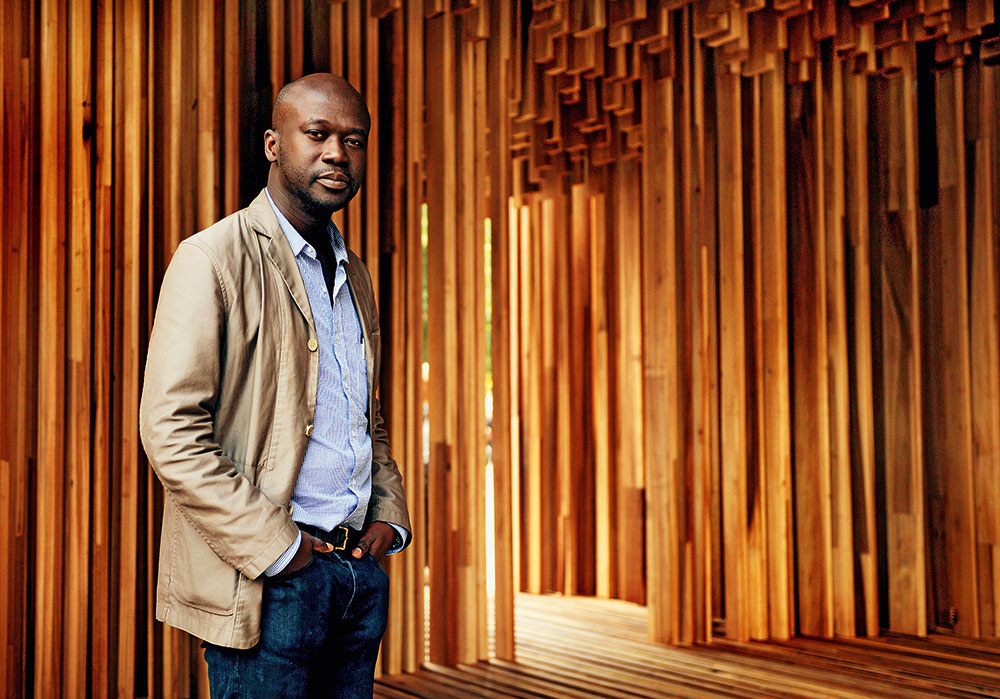
Author Archives: Evan Moffitt


EXHIBITION: BRIAN WEIL AT SMMOA
Brian Weil, 1979-1995: Being in the World is on view at the Santa Monica Museum of Art until next Saturday, April 18. The exhibition features sixty works by Weil, from his late ’70s “Sex” series, which featured masked men and women in acts of bondage and bestiality (hired from personals ads in the Village Voice), to his worldwide AIDS activism in the late ’80s and ’90s. Weil became involved with ACT UP in New York, starting the first clean needle exchange program, and traveled to Zimbabwe, South Africa, and Thailand documenting the effects of the deadly virus and its social complexities in daily life. He also produced arresting portraits of such disparate subjects as Hasidic Jews in the New York Catskills and New Jersey female bodybuilders.
Weil’s oeuvre is intimate, personal, and powerful on emotional and political levels. The rough patina produced by his photographic technique reflected his stance towards the politics of representation and subjective agency.
From the exhibition statement:
Weil made conscious formal decisions to convey the texture of each community’s experience while also respecting their dignity and insularity. His process involved re-photographing images from Super 8 film strips, then scratching and overexposing the negatives. The resulting images are both revealing and obscured, an aesthetics of withholding that enabled Weil to carve out an ethical position within the confines of still photography. Compared to the work of other participant-observer photographers of his time, Weil’s oeuvre is unique in its physical manipulation of the medium and distinct terms of exchange between photographer and subject. Brian Weil, 1979-95: Being in the World brings forward the work of this powerful artist whose practice resonates in contemporary debates about the politics of sexuality, activist aesthetics, and photographic representation.

PERFORMANCE: SISTER SPIT AT THE HAMMER
Last week Sister Spit, the legendary queer feminist literary collective, packed the Annex of the Hammer Museum for a rousing program of readings and recitations. The night was hosted by Virgie Tovar, who did a hilarious mock TED talk about the dangers of diet culture. Kate Schatz and Miriam Stahl Klein, the author and illustrator of Rad American Women A-Z, discussed their “explosive” feminist children’s book. Some of the artwork from the book can be seen above.
Video artist Zackary Drucker read an unpublished short story about a rich, older transgender woman coping with the current “schism” in American transgender experience, in honor of International Trans* Visibility Day. Special guest Francesca Lia Block, best known for her young adult novels, read a series of poems titled “How to Fall in Love” that grew out of an email exchange between a friend. Myriam Gurba, Nikki Darling, and Thomas Page McBee each read poems that were personal and empowering, erotic and hilarious.

BOOK: BERNARD TSCHUMI’S ‘ARCHITECTURE AND DISJUNCTION’
Bernard Tschumi’s Architecture and Disjunction is a classic, definitive collection of the French architect and theorist’s essays and lectures. Best known for his design for the Parc de la Villette in Paris, with its colorful, deconstructivist folies (the result of a collaboration with postmodernist architect Peter Eisenmann), Tschumi has been theorizing about the definition and expansiveness of the architectural field for decades.
In an informative essay titled “Architecture and Happiness”, Tschumi eloquently elaborates the theory that space directly affects the human psyche, and its design can help engineer our happiness or our sense of profound alienation. The latter effect is detailed in his title essay, “Architecture and Disjunction”, in which disjunction is not simply a spatial configuration that induces alienation, but a critical reimagining of architectural space that critically reflects on existing power structures and systems of capital.
Tschumi also poses several dozen captivating questions about the nature of architectural space in a single list. A few are reproduced below:
Architecturally, if space is the medium for the materialization of theory, is a space the materialization of the architectural concept?
Does the experience of space determine the space of experience?
Do all spaces in society taken together constitute a language?
Is space the product of historical time?
If space is an in-between, is it a political instrument in the hands of the state, a mould as well as a reflection of society?

PORTRAIT: DAVID ADJAYE
Renowned architect David Adjaye was at LACMA last night for a talk with museum Director Michael Govan. The two discussed Adjaye’s work since his controversial London Elektra House (2000), which almost landed the young architect in jail, to his grand project for the National Museum of African American History, the last building to be constructed on the National Mall in Washington, D.C.
Adjaye’s early work, and particularly his residential projects, seem to combine the spare rectilinear forms of Mies van der Rohe-style modernism with the New Subjectivity approach to classicism of Peter Behrens. Like the “Dirty House” in London’s Hackney district, the buildings are often black on the outside and entirely white on the inside, absorbing passing exterior light and revealing subtle variations in surface texture, while capturing light as it passes through windows and filtering it through the interior space. In a collaboration with Olafur Eliasson for the 2005 Venice Biennale, Adjaye focused solely on this filtering of light, designing a structure that created linear light patterns based on the position of the sun.
Born in Tanzania to a Ghanaian diplomat, Adjaye lived in Egypt, Yemen, and Lebanon before settling in London, where he studied at South Bank University and the Royal College of Art. He returned focus to Africa in the early 2000s when he completed an encyclopedic study of African vernacular architecture by region and metropolitan center. This focus on local context, yet on a global scale, is central to his practice. At LACMA, Adjaye said that he derives the forms and textures of his buildings from regionally distinct vernacular architecture, and integrates it into the aesthetic language of global contemporary design, in order to make local buildings both fit into and transcend their immediate context. A public library in a poor black neighborhood of Washington, D.C., for instance, features cubic wings raised on pilotees over the front entrance, mimicking the forms of raised porches in neighborhood homes while creating a public gathering and performance space. The exterior of his National Mall museum is a bronze design derived from the Gothic and Art Deco tracery of Charleston facades that were built by African Americans, while its material embodies a form sacred to the Yoruba and West African cultures whose ancestry most African Americans share.
Adjaye’s insistence on accepting low-budget public commissions like libraries and public housing projects is a welcome change for an internationally known “starchitect.” He repeatedly emphasized the need to build for people, to reinvest in the public sphere, and to make good design accessible for all.

























